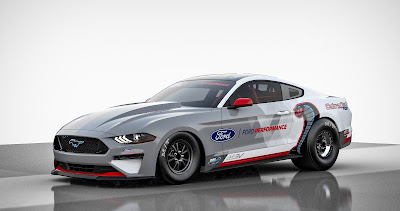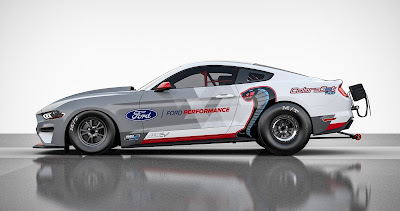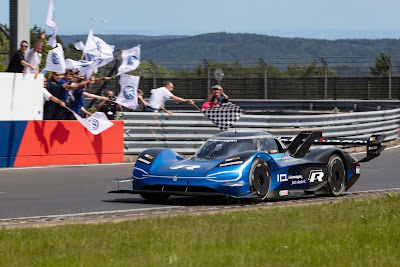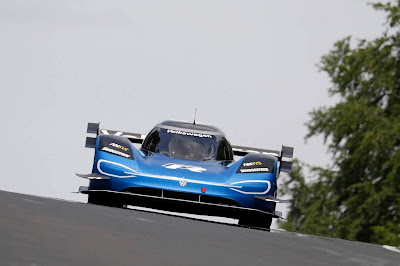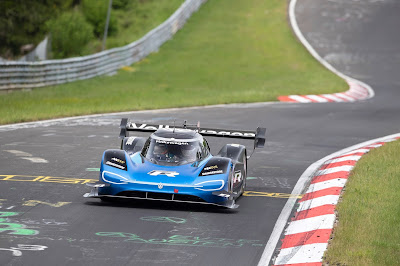Powertrain kits for the 2022 World Rallycross electric supercar class will include two 250kW motors, one on each axle, two inverters and a 52.65kWh battery with an innovative cooling system. The power units will develop 500 kW (680 horsepower).
The kit can be retrofitted to existing internal combustion-powered World RX Supercars or built into an all-new chassis.
The electric kits are priced at €300,000 with an additional €100,000 for four years of technical support. The cost is lower than the current Supercar power units over the same period. Performance levels of RX1e will be higher than existing ICE Supercars, with a significant power and torque increase and with a contained weight gain.
Kreisel Electric, the official supplier of the electrification kit to the world championship, is collaborating with GCK Energy, the approved energy supplier. A prototype World RX1e car has already been tested by Kreisel with impressive results.
Having track tested the RX1E powertrain kit installed in a Skoda WRC chassis Andreas Mikkelsen said "It's on another level – absolutely insane"
Philipp Kreisel, managing director of Kreisel Electric, said: "We are very happy to confirm that there is good progress on the World RX1e kit and we are fully on schedule. Despite the COVID-19 crisis and the postponement of the series to 2022 we were able to finalize the design of the performance kit and start testing with the mule-car. Beyond this I would like underline the outstanding collaboration with the FIA who make this ground-breaking project possible.”
The original intention was to introduce full-electric racing to the FIA World Rallycross Championship in 2021. However, following a World Motor Sport Council e-vote in April this year it was decided to delay the implementation until 2022 due to the challenges of the COVID-19 pandemic.
“The COVID-19 pandemic has brought about a delay to introducing electrification to the FIA World Rallycross Championship,” said Gyarfas Olah, president of the FIA Off-Road Commission.
“Nonetheless, we are committed to a new, electric future which has as guiding principles cost control and demonstration of the huge power capabilities of full electric road car-based Supercars. Together with Kreisel we are developing a performance package which is sustainable and enables teams to be part of a highly-competitive electric racing series. The fans, who are used to very spectacular races in rallycross, will be thrilled by the acceleration power of the coming RX1e cars.”


